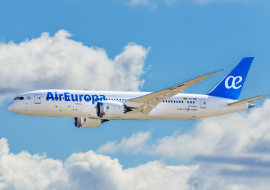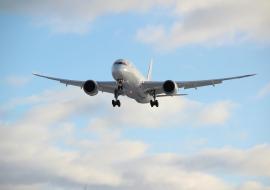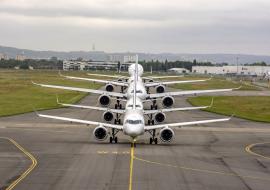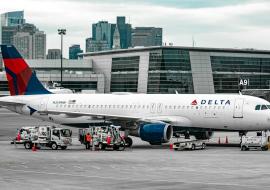Boeing Forecasts Global Demand for 2.4 Million New Aviation Professionals by 2044
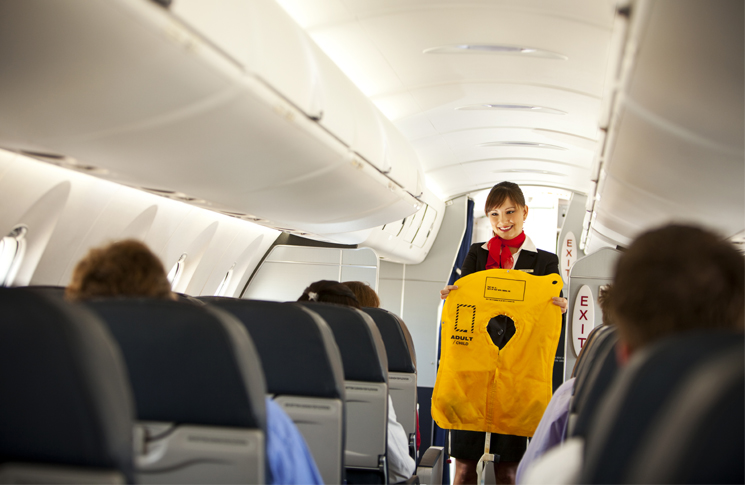
The global aviation industry will need nearly 2.4 million new pilots, technicians, and cabin crew members over the next 20 years, according to the 2025 Pilot and Technician Outlook released by Boeing during the EAA AirVenture Oshkosh airshow. This forecast reflects the continued growth in air travel, evolving fleet composition, and retirements across the workforce.
Boeing projects that by 2044, commercial carriers will require:
-
660,000 new pilots
-
710,000 maintenance technicians
-
1,000,000 cabin crew members
“As commercial air traffic demand continues to outpace economic growth and the global fleet expands to meet demand, our industry must invest in workforce development to ensure safe and efficient operations,” said Chris Broom, Vice President of Commercial Training Solutions at Boeing Global Services.
Tech-Driven Training Solutions
To meet this workforce demand, Boeing is placing emphasis on competency-based training, supported by technologies like mixed reality and AI. These tools enhance hands-on learning, situational awareness, and workforce preparedness.
“Mixed reality creates immersive, digitally enhanced environments that transform traditional training approaches,” Broom explained. “Boeing’s digital training solutions are designed to adapt to carrier needs and help scale workforce development efficiently.”
Regional Outlook and Growth Drivers
The demand for aviation personnel will be driven primarily by single-aisle aircraft and the need to replace retiring staff. Two-thirds of new hires will be needed to replace attrition, while one-third will support fleet expansion.
Key regional highlights from the forecast:
-
China, Eurasia, and North America will account for more than half of the total personnel demand.
-
South Asia and Southeast Asia are the fastest-growing regions, with staffing needs expected to more than triple by 2044.
Other regions like Africa, Latin America, and Oceania also show steady growth, reflecting the global nature of the projected workforce need.








